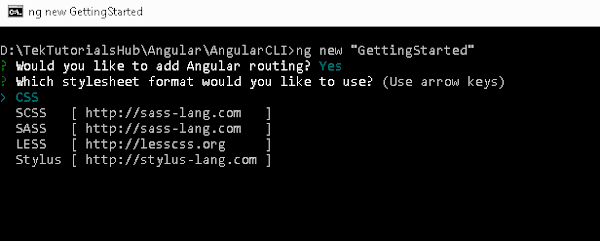Employee Management System with Angular

Introduction In this tutorial, we will build an Employee Management System using Angular. This exercise demonstrates essential Angular concepts, including Angular Components, Data Binding, Interpolation, Property Binding, Event Binding, Two-way Data Binding, and Child/Nested Components. Objective Create an Employee Management System that allows you to manage a list of employees, demonstrating key Angular concepts. Requirements 1. Main Application Component Set up a new Angular project. Create the main application component. 2. Employee List Component Create `EmployeeListComponent` to display a list of employees. Use interpolation to display employee names and other details. Use property binding to dynamically set CSS classes based on employee properties (e.g., highlight employees with more than 5 years of experience). 3. Employee Detail Component Create a nested component called `EmployeeDetailComponent` to show detailed information about a selected employee. Use `@Input` to pass th...






